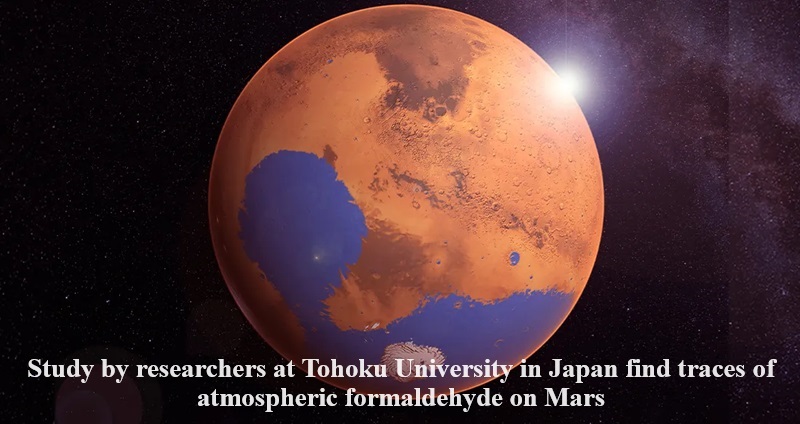
Once again, scientists have been astonished by Mars, one of the most captivating planets in our solar system. A recent study carried out by researchers at Tohoku University in Japan has unearthed evidence of atmospheric formaldehyde on the red planet.
This unforeseen revelation on Mars could have facilitated the development of biomolecules crucial for sustaining life on the planet, as concluded by the study. The research findings were subsequently published in the journal Scientific Reports.
While Mars currently appears desolate and barren, it was once believed to be the birthplace of life. Scientists hypothesize that Mars possessed liquid water for a span of at least 200 million years. Water serves as a pivotal indicator of the potential for life in the universe, and recent research suggests that the presence of formaldehyde molecules, essential for the initiation of life, may have coincided with Mars’ period of aqueous conditions. This discovery adds another dimension to the conjecture surrounding the existence of life on the red planet, as formaldehyde serves as a fundamental component in the formation of life’s fundamental building blocks, including proteins and RNA.
It appears that approximately 3.8 to 3.6 billion years ago, Mars may have harbored a hospitable environment featuring liquid water on its surface, thus potentially fostering conditions conducive to the emergence of life. This likely scenario was sustained by the existence of specific gases that contributed to the creation of a warm atmosphere.

Post Your Comments